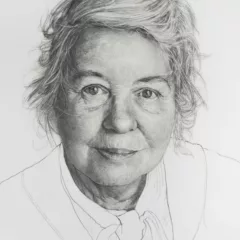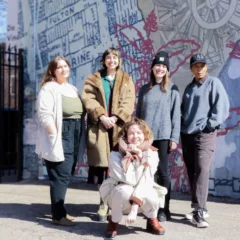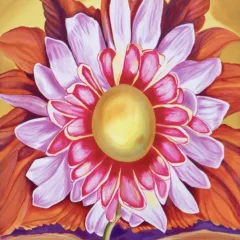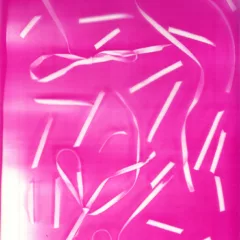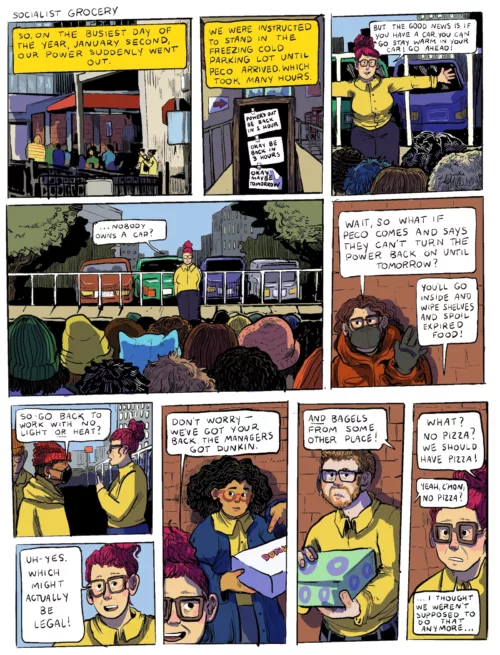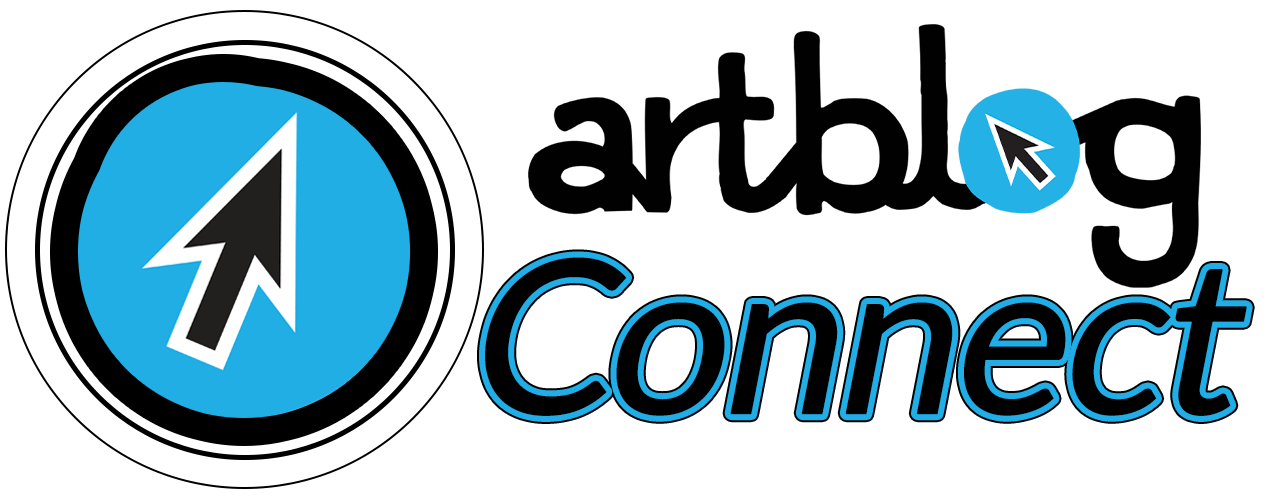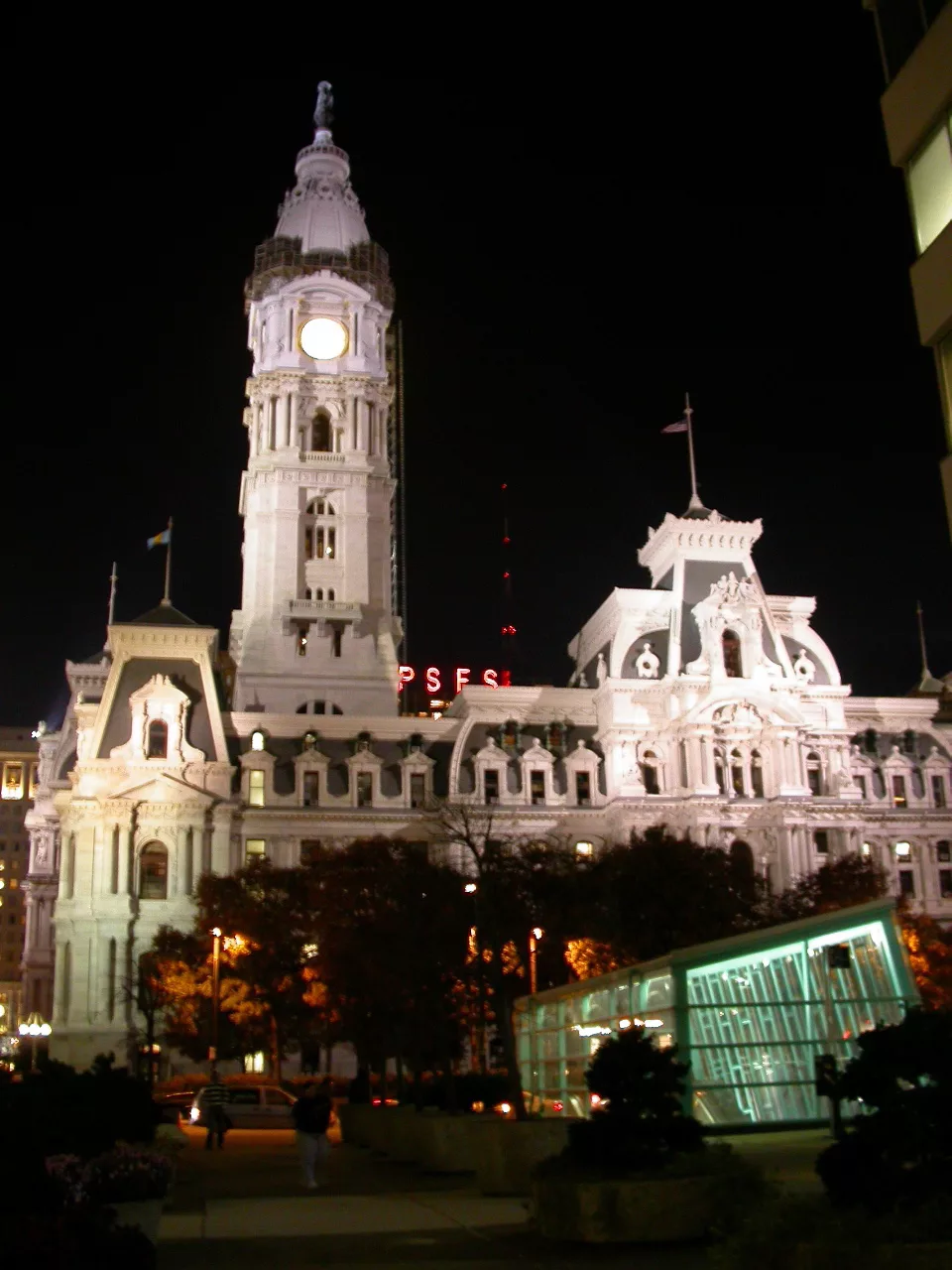
Taking the Temperature – Interviews with Executive Directors, Curators and Gallerists About the Current Political Climate
Author’s Preface
I wanted to take the temperature of thought leaders in the Philadelphia visual arts community. How are they reacting to the changes in the political environment? We’re still in the early days of the Trump administration and none of us can really be sure about how the landscape will evolve. While the reader will draw their own conclusions, what comes through to me in the discussions is concern, but also the strength of the community’s values and commitments. Whether it’s giving voice to artists, strengthening outreach, seeking alternate grass-roots funding or simply flying under the radar these executive directors, curators and gallerists are used to existing under difficult conditions. Nonetheless they have found ways to fulfill and expand their organization’s mission. As Alyse Bernstein points out artists are great problem solvers. Please note the interviews have been significantly condensed to focus on key perspectives voiced in each discussion.
Aisha Zia Kahn – Twelves Gates
Aisha is the Executive Director and a founder of Twelve Gates Arts. Twelve Gates represents the art and culture of the South Asian diaspora to audiences across Philadelphia and beyond. Like most folks Aisha is concerned about the funding environment. However, what comes through very clearly is the sense of commitment to her community and dedication to continuing, if not strengthening, the organization’s outreach.
Pete: Tell me a little about Twelve Gates and its Mission.
Aisha: Philadelphia is a diverse city, and this belt between NYC and DC has a significant South Asian diasporic population. We showcase contemporary art, video, performance, lectures, as well as musical events, but more importantly, we’re creating platforms for self-authored narratives that resist oversimplification. Over the last 15 years, we’ve developed a very dedicated following, fostering solidarity across identity lines through art. We love creating opportunities for younger collectors who are buying their first art ever. Then they come back with their families, creating a cycle of engagement. Our dual mission focuses on supporting artists and curators while fostering community engagement through our programming. We have a residency program that connects emerging artists with museum curators and established artists, providing crucial professional development opportunities to combat artist flight from Philadelphia.
Pete: It’s early days but how are you thinking about the evolving political climate?
Aisha: Arts programming, particularly in the nonprofit sector, requires funding. Twelve Gates is in the unique position of also being in the art market, so we have that responsibility and influence, and we’ll be watching shifting trends. Our work has always been about resistance movements in art. Our exhibitions are inherently charged because they need to be – they reflect the ongoing struggles and experiences of our communities and artists. The early days of this political climate… we’ve seen before. We know what to expect, and that means the resistance will not just continue but will increase. Being an organization supporting artists of color, our very existence is political. I believe in community building, and we continue our commitment to reaching our communities despite the persistent challenges we’ve always faced in our area of operation. People want to come in and have a safe space, a sanctuary space. So while I’m concerned, I’m also extremely hopeful. What gives me hope? The Philadelphia artist community. We need to be prepared and resilient. We take full pride in our programming and in every exhibition by every artist who is passionate about their work.
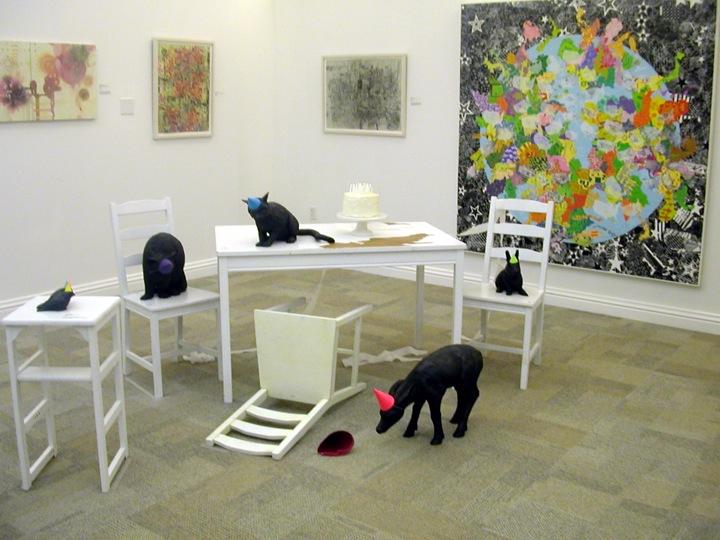
Sam Connors – Da Vinci Art Alliance
Sam (Samantha) Connors is the Executive Director at Da Vinci Art Alliance. Da Vinci has been a presence in the Bella Vista community for almost a hundred years and has evolved as an organization deeply rooted in giving voice and supporting underserved communities. Sam explains that they have been planning for the shift in the political climate even before taking their current role.
Sam: I’ll be transparent … I saw this coming. I was involved with a lot of direct organizing and mutual aid work right before I worked here. When Biden won, I talked with other organizers and to whoever would listen about how mobilization efforts were going to decrease when a more progressive administration was in charge. The Dems were doing infrastructure bills, but there are still ICE raids every day. Now, (with the current administration) people are more engaged and motivated. When something is being thrown in your face people get radicalized. I wanted my job because I saw a need for more spaces where people could feel safe. Starting in 2021 gave me time to prep for when the inevitable happened. I’m not saying that we were totally prepared …we were not. But our board has been in conversations with our staff for the last three years about how as our government shifts at a national level and at the local level, how do we prepare as a nonprofit to respond to those changes…both with financing and also the work that we do?
We have a show coming up this year featuring a Palestinian artist and are working with a curator who focuses on SWANA narratives (narratives of Southwest Asia and North Africa). Before accepting their proposals, the staff had a conversation about whether we were ready to really follow through and support them within our current political climate.
One of the concerns I’ve been having for the last couple of months (around) censorship was the anti 501(c)(3) law. I would imagine they would use data crawlers across non-profit websites to target words like DEI, Palestine, or Black Lives Matter. What does that mean for us as an organization? We uphold those things as a reflection of our values. (Author’s note: Sam is referring to proposed legislation HR9495, which has been titled the ‘non-profit killer’). Once the law is enacted it can be used for anything that they deem terrorism. So if we go back to 2020, would they start targeting nonprofits that have Black Lives Matter on their website or within their programming? That would leave us open. Most of our funding is through government and foundation grants. And then what about the foundations?
Those are some of the larger things I’m concerned about. I think funding is one end. And how do the (large funders) filter down to the local level?. But for smaller organizations like ours it may be less impactful…we are not getting NEA funding. But the state gets federal money that gets passed down to organizations like ours through different grant programs. So what does that look like? A lot of the grants we get are around economic development. If the state is getting less from the federal government, will the states be more keen on support going forward? And then how does that affect the city budget? We do a series of events that are focused around harm reduction and mutual aid support. I had a conversation with someone at the state level. I actually feel like a lot of the people at the state level are doing the right thing. (Her position was) from the state’s point of view, harm reduction is a need and is scientifically proven and (we are) not concerned with what’s happening at the local level that might not be science based. I don’t think anyone knows what the end result will be, but it’s something I’ve been thinking about.
We just had a staff retreat where we spent time talking about it. How do we support our staff and how do we support our larger community? Back in November, the Cultural Alliance held a seminar at Drexel. They had a panel discussion and one of the participants talked about how her organization was founded a year or two before Hurricane Katrina. When Katrina happened their neighbors and people in need weren’t going to the giant museums and institutions, they were going to community spaces like hers for access to resources. Baseline stuff like water and blankets. So we have harm reduction tools always available. We have Narcan, masks, COVID tests, Fentanyl test strips. We are a community space that is always trying to help people whether they’re in crisis or not. What are things that we should have on deck to respond in a crisis? What are the policies that we need to put in place? What is the expectation of the staff to get here and provide those services? I personally am really passionate about utilizing cultural spaces in that way. We have to put into action the things that we discuss and preach from a philosophical perspective.
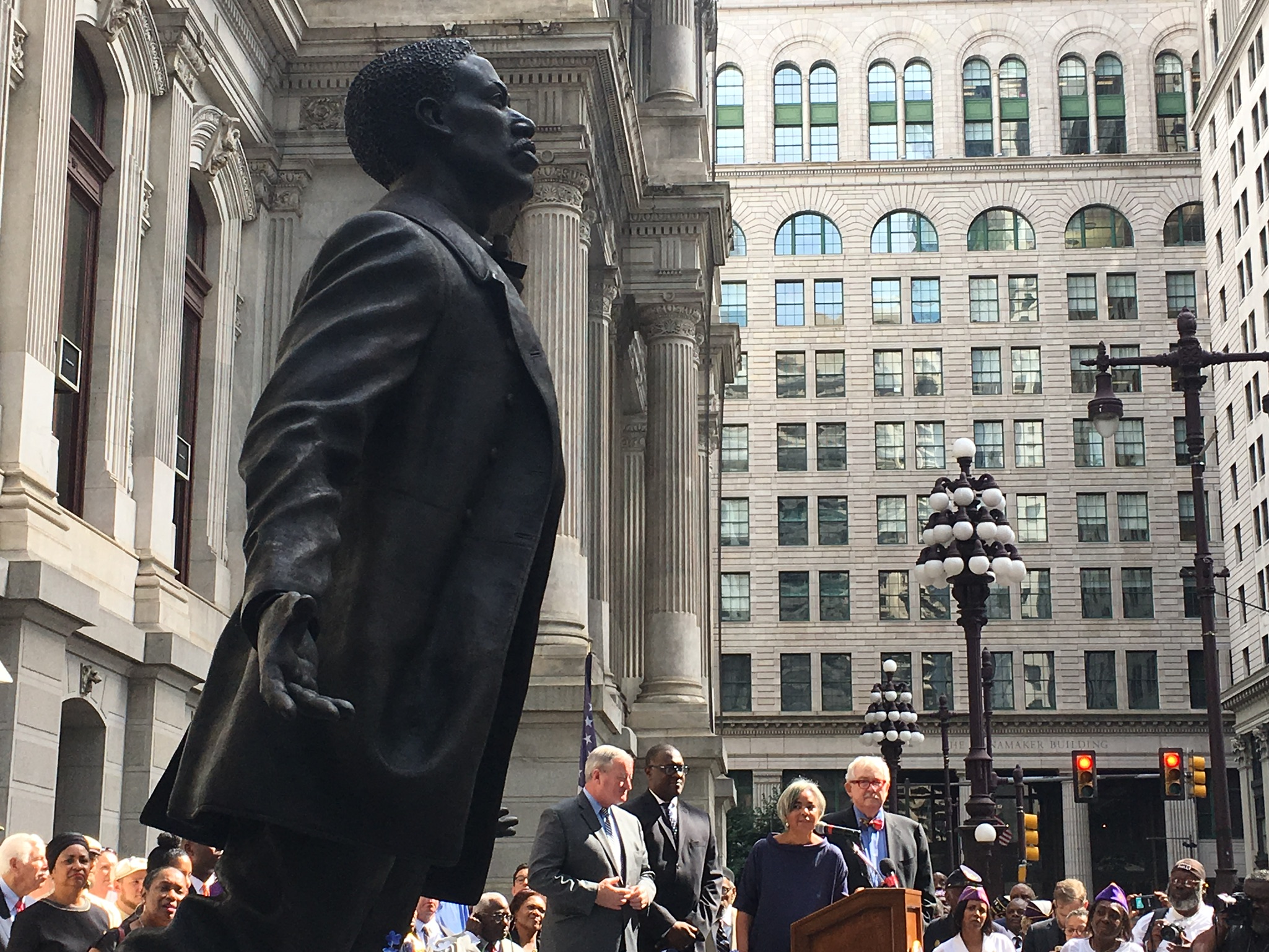
Terri Saulin & Alyse C. Bernstein – 5 Butchie Alley and TSA
Terri is the owner of 5 Butchie Alley, a gallery that operates out of the refurbished garage behind her home. Terri has been associated with TSA (Tiger Strikes Asteroid) for many years. Alyse just joined this past year, but has been a member of two other Philadelphia-based collectives. Terri describes TSA as a ‘scrappy non-profit’ that has and will continue to find ways to fulfill its mission. Alyse discussed some of the interesting reactions and themes she’s seeing surface in the TSA shows…a reaction of ‘radical joy’.
Terri: Before we spoke, I spent the night looking into what the federal government actually funds. I wanted to know what other cultural institutions would suffer from political shifts. I now worry about what the museumscape will look like in the next few years. There has been such great progress diversifying programing. Butchie Alley is just now four years old and I fund it myself, so changes don’t affect me. I have been a part of TSA for 15 years and TSA receives a small amount of outside grant funding. I spoke with Alex Paik, the founder of TSA. He shared that the grant landscape is generally iffy and because we’re an artist-run nonprofit, most granting institutions don’t understand what we do. In essence, we are a band of artists who passionately believe in financially supporting exhibitions of underrepresented artists. Our mission statement says this more eloquently. Thankfully we’ve been this scrappy nonprofit for the last 16 years, and we rely primarily on grassroots funding. We have a Patreon, and that is currently the best way to support our institution. I think more and more institutions may need to turn to grassroots funding. I know Philly will always have a strong Arts community… I look to orgs like Fringe Arts for inspiration.
The political climate has no impact on Butchie Alley. It is an extension of my studio and the programming schedule is dictated by my availability and full time teaching schedule. My curation is not going to change and aligns with TSA’s. It will not change any curation at TSA because we will continue to support who we support in our communities. We have a strong DEIB background and we’ll fight for that. (Referring to TSA) We are most interested in lifting up voices from diverse populations. We strive to create the physical and emotional space for artists to show their work and exchange ideas on their own terms.
Alyse: At TSA the new members curate a show. This year there were four of us looking at submissions for an open call titled ‘Run to the Light’. We didn’t put out a specific theme because we wanted to see what was on people’s minds. And as a result the current show does have a political bent….some kind of radical reaction to what was coming. ‘Radical joy’ was the word we talked about. It’s a way of addressing the chaos of the time, but not with fear. There’s been a lot of dread, but when does that override freedom of speech? What has come out is the freedom to express…like it or not.
In ‘Run to the Light’ Lise Ellingsen has an installation dealing with the TradWaves movement…about putting women back in the kitchen. Lise created this whole dysfunctional kitchen where the spoons have holes in them; your cup will never fill more than halfway. Seeing that kind of expression gets you thinking about how insane that is. And then thinking about reproductive justice and other things particularly related to women. One of the men in the show is full on addressing masculinity and advertising.
(Recently) we had a significant budget cut to a show we had started planning in 2024. When we were ready to take the next step with our artists we had a big conversation among the four of us (curators) and then called all six of them (the artists). While the cut was painful we still found a way to move forward. , Every single artist focused on the show… about having the opportunity to get their work out there. It’s interesting that even in the face of hardship the artists were full steam ahead. Artists are the greatest problem solvers. You know, if there’s a will, there’s a way to figure it out.
Terri: It feels like the Philly art world is moving away from darkness and grief, toward radical joy, flavored with some dark humor. There’s one piece in the current show that I love. It has a little button that you push and it says, “Scream into the void.” Let’s scream as loud as we can, and be balls out as funny as we can, living every day as radically beautifully as we possibly can to get through the next four years and just keep trying to make things better.
Alyse: I wonder too, if we’re still healing from the pandemic… the years of solitude.
Terri: In the spirit of Cher in “Moonstruck” – “Snap out of it!” – Everybody needs to get out of the Covid funk and get the #@*$!! to work. Nada es fácile.
Mark Stockton – Pearlstein Gallery
Mark is the Executive Director at Drexel’s Pearlstein Gallery. Like most of the folks I’ve spoken with he’s also an artist. While he sees the gallery as not overtly political, he supports a platform that encourages full throated expression. When the art is political that will come through.
Mark: I’m relatively new to this purely directorial role…it’s been just two years. For (the Pearlstein) you have to think long in advance, and it’s complex…you’re attracting collaborators and making a multitude of decisions. One of the first things I wanted to do was better connect the gallery to the community. Similar to what we do at Vox Populi (where Mark has been involved over the last 16 years- 10 as an artist member and 6 as a board member) where the collective holds annual open calls for members of the community. It’s an effective way of listening.
An upcoming group show ‘Contemporary Ruin and Future Visions’ curated by Nancy Agati, came out of that process. The theme is both about decay and the inverse, generative or sustainable design. One facet of the show is working with interior and architecture students in Drexel to envision futures that might lead us out of this (decay). The exhibition spans Earth Day. We (the advisory group) thought it would be important to think about the fraught nature of climate change. It’s a topical set of concerns.
In past exhibitions like the comics show (Philly Comics Now, 2024) we had a lot of politics woven in under this guise of storytelling. And in the fall of 2023, we ran a workshop with Aram Han Sifuentes, out of Chicago. They have what’s called a protest banner lending library (https://www.aramhansifuentes.com/protest-banner-lending-library). We were exhibiting Aram’s Philadelphia-based billboard project with Mural Arts called ‘Messages to Our Neighbors’ (2021) (https://www.muralarts.org/blog/messages-to-our-neighbors-billboards-empower-philadelphia/). We used the documentation from that project and made 40 by 60 (inch) prints. It was a very political show and with the workshop we had 15 students making banners about different things; bodies, race, civil rights and war. We hung them from the rafters for the second half of the exhibition.
I’m not a political person in many ways and I don’t necessarily feel like art is always the most appropriate vehicle for a political protest. If you’re going to be a protestor or an advocate for political change, you should probably get into politics. Some artists are politically gifted and I always try to let the artist’s politics come through.
Beyond understanding how Mark thinks about his role as an Executive Director, I wanted to understand Mark’s personal perspective on art making, and so spent some time discussing his work. And while that work is highly analytical it’s also highly charged with topical political issues.
Mark: Currently, I am working on a piece that deals with the undercurrents of white supremacy in America. Last year, I had made a drawing about Elon Musk and rocket size. (Author’s note…I had seen this piece as a standout during a recent show at Bridgette Mayer Gallery). It was a busy show, but that piece was different than most others in the show because it was not colorful and more research oriented. I’m also going to display my new piece in the vault (a project space also in the Bridgette Mayer gallery) in May called ‘G.L.R or George Lincoln Rockwell’. George, Lincoln and Rockwell references the first name of George Washington and the last names of Abraham Lincoln and Norman Rockwell. It consists of three pieces that form a triptych about each of those iconic American identities.
When Rockwell illustrated for the Post for over 47 years (1916-63), he did over 300 covers, and only ever depicted maybe three people of color. He was explicitly asked not to display people of color unless they were in positions of servitude. At the same time, there’s a really good article in Vox (The Awakening of Norman Rockwell, Tom Carson, 2020: https://www.vox.com/the-highlight/2020/2/19/21052356/norman-rockwell-the-problem-we-all-live-with-saturday-evening-post) about the political reckoning of Rockwell after his stint with the Post. At the end of his career, his work gets way more racially inclusive. As a visual artist I’ve always been interested in him because he’s the most popular purveyor of Americana…this false sense of nostalgia, as well as a very gifted artisan illustrator. And the other undercurrent with the ‘George Lincoln Rockwell’ title is that it’s the same name as of probably the most prolific American Nazi from the mid-20th century. There’s a scary photo by Richard Avedon of him and some of his acolytes. I am fascinated by duality. I think things can be complicated and be about two things.
Dave Kyu – Asian Arts Initiative
Dave Kyu recently stepped up as the Interim Executive Director at Asian Arts. He talks about their theme for the year, which is rooted in the recent struggles to defeat the Arena. He talks about the ‘radical notions’ of love and empathy, and provides an interesting perspective on the political shift we see across the globe as potentially a reaction to the hardships of Covid, rather than a fundamental turn to the right.
Dave: We’re reflecting on our recent victory as a key member of the Save Chinatown Coalition. We’re taking it as a win and we’re learning lessons from that movement. There are many ways to resist and win and we need all those ways. We had film screenings, a collection of poetry, and an open letter for cultural workers to recognize Chinatown as a cultural hub and defend the neighborhood. We received and presented over a thousand signatures to City Hall. The lesson we’re taking moving forward is that there are many ways to resist that aren’t just active and loud. Certainly there’s room for that. A dramatic moment was standing up and blocking the start of the City Council vote and being arrested. And certainly some of us can do that, but not all of us. We need every single one of our community members to come together and contribute in the ways that they can. Resistance is a collective action.
So we were excited to announce that our theme for the year is going to be on the artist activist. We’re looking to celebrate it, but also interrogate it. How the landscape has shifted and how the tools have (also) changed. I think we are at an inflection point and want to open the discussion… how are artists bringing activism into their practice? How does this practice move forward?
AAI is in a time of transition, but we have ramped up our programming. I’ve been reminded that Asian Arts is a place where we have hard discussions. We were founded in the wake of the Rodney King verdict and the LA uprisings and a time of increasing tensions between the Black and Asian communities. A group of Black and Asian poets got together at the Painted Bride Art Center and started programming to bring our communities together. I feel like we can make bold statements because it’s our DNA.
When Dave stepped into the role as an Interim Executive Director the expectation was that things would slow down, but instead they have accelerated and intensified. I asked him how he’s handling that. It becomes evident that the theme of ‘activist artist’ has personal meaning for Dave.
Dave: I have always survived as artist and administrator by compartmentalizing both of those things (the role of artist and the role of administrator). This time I have just had to let both of those identities merge. Right now I see steering the organization through this time as part of my creative process.
At AAI, we tell the story of the Asian diaspora. For us to hit all the identities and issues for all of Asia is too big of a topic. I think that’s why working thematically is so important. We hear again and again from the Asian community that it’s powerful to have a space like Asian Arts Initiative that’s focused on our stories. When we look to our audiences, these stories are relevant to anybody who is touched by the Asian diaspora. That doesn’t change because of policies. In fact, it recommits us to telling more of those stories. It re-energizes our organizing and reminds us that we need to do that (storytelling) with a lot of care for our community. It’s only during the times when we don’t have peace that it becomes clear how difficult it is to achieve and maintain peace. It seems like a simple idea but it’s actually radical to return to these ideas of empathy, love, peace. It’s corny to say it, but we need those reminders.
I asked about funding.
Dave: Certainly we have a few federal grants and we have been keeping an eye on that. But our federal grant officers have assured us our existing grants are already awarded. They’re set aside, they’re legally obligated. As for new grants, we have been monitoring our federal and state grant applications, and will be (exploring) new opportunities because of the uncertainty. Our strength is our diversity, so we are looking for new partners who will be empathetic to our mission.
Dave then brought up an interesting perspective…certainly one worth considering.
I wonder if the analysis of this election and the global turn towards conservatism needs to be different. A lot of incumbent liberal administrations have been voted out of power. So you could look at it as a conservative movement, or you could also look at it as a lot of these administrations were in power during the height of the coronavirus pandemic. They had to enforce lockdowns. They oversaw generational inflation. So we might see these elections as the continued reverberations of coronavirus, and people reacting to the cost of living, the isolation, and all the after effects that we still feel.
I think it’s worth considering, because how we define the problem will determine how we fix it. I was asked if AAI should lay low for a bit, considering our core work towards justice and diversity. But when I imagine the future, I see immigrants, I see artists. So I choose to find problems and solutions that preserve our communities, and that lift up our integrity and our empathy, especially as we see it leave our public discourse.
I just finished rereading Ta-Nehisi Coates’ book, ‘We Were Eight Years in Power.’ I wanted to be reminded of what liberal optimism looked like. And I was talking with AAI staff about how differently I view the Martin Luther King quote that the universe ultimately will bend towards the arc of justice. 10, 15 years ago I thought of that phrase as (meaning) hey, don’t worry about it… we are moving towards a better future. Now I’m older and I hear the same phrase as a call to action. That the universe will bend towards justice because we are here pushing it. That underscores Asian Arts’ recommitment to the artist activists, to our communities. We want a better future, and so we will hike up our sleeves and get ready to work.
Blanche Brown – Vox Populi
Blanche is the Executive Director at Vox Populi. Vox has a history of activism. Its members have taken strong stands. However, there are many critical conversations yet to come.
Blanche: We’re a collective, I’m the one full-time employee. We have another part-time employee. We have a board of directors. We are DIY. We are also a nonprofit. Our budget is almost 80% grant funded. So we had a lot of internal conversations. In the fall we endorsed PACBI or Palestinian Campaign for the Academic and Cultural Boycott of Israel. It’s basically a commitment to not host or accept money from institutions from the state of Israel until Palestinian rights are acknowledged. But in reality, Vox mainly hosts artists from Philadelphia. It’s not like we were hosting international projects. So it didn’t really materially change much, but the collective felt like it was an important commitment to make, to communicate to our wider community.
And the political stakes of the current moment have also been a point of concern. In our first meeting after the election we had a conversation about how people were feeling. Vox doesn’t have a lot of funding from national sources directly. We get a lot of funding from the state and the city. I don’t know yet how the National Endowment for the Humanities funding will affect the Philadelphia Cultural Fund or the Greater Philadelphia Cultural Alliance. I don’t know what that’s going to look like…I don’t think any of us do. So we’ve been asking ourselves what does the broader arts community need at this time? We haven’t taken specific action yet, but I think something that Vox does well is just offer space. We host a lot of different community organizations. In terms of curation…that will not change. The artist collective will continue to follow its interests. If anything, and this is conjecture on my part, I think the curatorial practices may be more politically concerned and politically oriented.
We were very involved in the Save Chinatown coalition. I was sent as a representative to City Hall. That is really important to us and a part of our values will continue to inform how we act, because we have 20 plus artists following their interests.
The Greater Philadelphia Cultural Alliance has put together a survey assessing people’s relationships to national funding. They’re asking the Philadelphia and surrounding area arts organizations. I think they’re preparing to lobby or take protective measures and I think that’s really great.
There are larger conversations that we will continue to have as a collective and as an organization.
Libby Rosa – PEEP
We’ll wrap up with some brief comments from Libby Rosa. Libby founded and runs Peep, a small commercial gallery located in the Crane. Our conversation ended up in some interesting territory about what it means to be ethical in the arts.
Libby: I’m in a bit of a liminal space. I’m an artist and I run a gallery. Peep is not a nonprofit…it is technically a commercial space. My strategy has always been to keep my costs really low…to run it in a way where I focus on the artists. Galleries are a translation of information. We’re teaching or just having the public come in to experience art. The artist’s work should speak. It’s their agenda. As far as the gallery is concerned, I don’t have any political agenda. I’m a political person but the gallery’s not about me. Every exhibition changes the gallery. I’m just totally up for whatever the artist wants to do, wants to say. So if politics are in the work that’s what shows up.
I would argue that it’s impossible for art to not have politics in it. We are bodies making art. Our bodies are political. I do try to sell (work) because artists need money. It’s important. I’m an artist. I understand, It’s nice to have a little income after spending all this money on materials and rent to make your work. But for me, because my overhead is low, I don’t have to solely strategize who and what I show to make sales.
By way of example we talked a little about the recent Todd Stong show at Peep, with content that mixed art history and queer representation.
Libby: That’s the artist’s approach, It has to do with also the style and with what they’re researching. There are different levels of politics. His work is representational and he’s been studying Johann Joachim Winkelmann, who’s speculated to have been a queer man, and making a case that we have art history because of a queer man. You’re a curator and so you have certain likes and dislikes. If I’ve picked the artist I want them to do what they want. There have been ways I can steer them here and there but it’s never because the work is too political.
I think there’s a little bit of showboating that happens where you have to be on the right side of history and you have to show your values. I try to keep some autonomy about the space. It’s not about me. It’s not even about the gallery. It’s about the work that’s in the space. So I guess it is an ethical stance. The gallery is ethical in the way that we don’t just show one type of person or perspective. I do think about diversity. And I think about quality.
To find out more about the vision, mission and operations of the various organizations mentioned in this article please use the links below:
Twelve Gates Arts
https://www.twelvegatesarts.org/
DaVinci Art Alliance
https://davinciartalliance.org/
5 Butchie Alley
https://www.terrisaulin.com/no-5-butchie-alley
Tiger Strikes Asteroid
https://www.tigerstrikesasteroid.com/
Pearlstein Gallery at Drexel
https://drexel.edu/pearlsteingallery/
Asian Arts Initiative
https://asianartsinitiative.org/
Vox Populi Gallery
https://voxpopuligallery.org/
PEEP Projects
https://peepprojects.org/


